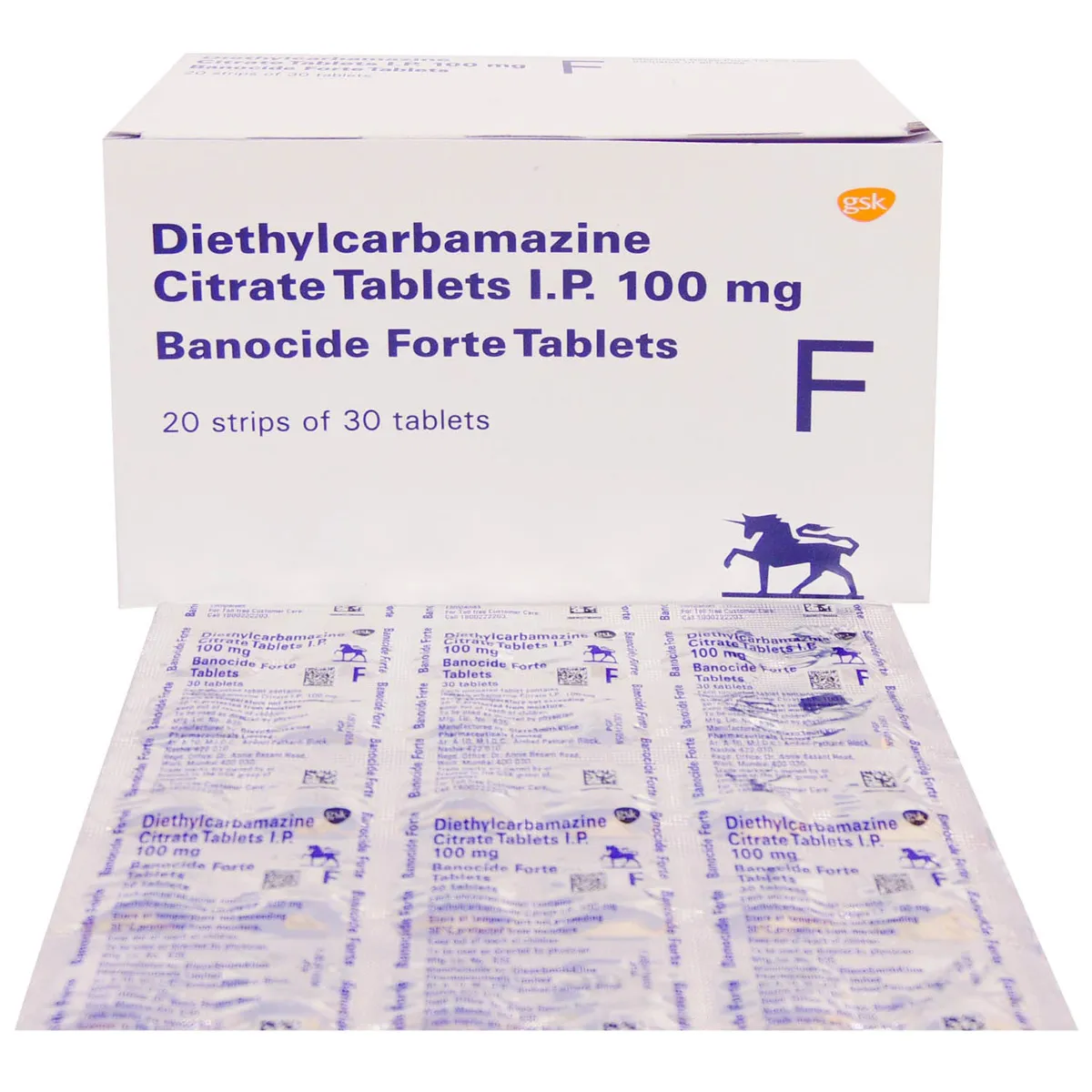Laser Skin Resurfacing has become a popular cosmetic procedure for rejuvenating the skin and addressing various skin concerns. Whether it’s wrinkles, sun damage, or acne scars, this minimally invasive technique uses laser technology to improve skin texture and appearance. However, understanding and managing the recovery process is crucial for achieving optimal results and minimizing potential side effects.
2. Understanding Laser Skin Resurfacing
Before delving into the recovery process, it’s essential to have a basic understanding of what Laser Skin Resurfacing entails. This cosmetic procedure involves the use of laser beams to remove damaged skin layers, stimulate collagen production, and reveal smoother, younger-looking skin. The two main types of lasers used are ablative and non-ablative, each targeting specific skin issues and requiring different recovery approaches.
3. Preparing for the Procedure
Proper preparation is key to a successful laser skin resurfacing experience and a smooth recovery. This involves a consultation with a qualified dermatologist or plastic surgeon to assess your skin type, discuss expectations, and determine the most suitable laser type for your specific needs. Pre-procedure instructions may include avoiding certain medications, refraining from excessive sun exposure, and discontinuing the use of certain skincare products.
4. The Laser Skin Resurfacing Process
During the procedure, the laser is precisely applied to the targeted areas of the skin. Ablative lasers remove outer layers, while non-ablative lasers penetrate the skin without removing any layers. The choice between these techniques depends on the severity of the skin issues and the desired results. The procedure is usually done on an outpatient basis, and the duration varies depending on the areas being treated.
5. Immediate Post-Procedure Care
Immediately after laser skin resurfacing, your skin will be sensitive and may appear red or swollen. The healthcare provider may apply ointments or dressings to aid the healing process. It’s essential to follow post-procedure care instructions diligently, including avoiding sun exposure, keeping the treated area clean, and using prescribed medications or topical creams.
6. Initial Days of Recovery
The initial days following laser skin resurfacing are crucial for proper healing. Patients may experience discomfort, redness, and swelling during this period. It’s essential to rest and avoid activities that may irritate the treated skin. Using cold compresses and prescribed pain medications can help manage any pain or discomfort.
7. Managing Discomfort and Side Effects
While discomfort and side effects are common in the initial days, it’s essential to monitor for any signs of infection or complications. Adhering to the prescribed skincare routine and attending follow-up appointments with the healthcare provider are crucial during this phase. Proper hydration, a balanced diet, and avoiding smoking can contribute to a faster and healthier recovery.
8. Long-Term Recovery and Results
As the initial redness and swelling subside, patients will start to see the gradual improvement in their skin’s texture and appearance. However, full recovery and optimal results may take several weeks to months, depending on the depth of the laser treatment. It’s essential to protect the skin from sun exposure throughout the recovery period to prevent pigmentation issues and maximize the results of the procedure.
9. Tips for a Smooth Recovery
- Follow Post-Procedure Instructions: Adhering to the specific care instructions provided by your healthcare provider is crucial for a smooth recovery.
- Stay Hydrated: Drinking an adequate amount of water supports overall skin health and aids in the healing process.
- Protect Your Skin: Avoid sun exposure and use sunblock with a high SPF to protect the treated skin from harmful UV rays.
- Gentle Skincare: Use gentle and non-irritating skincare products as recommended by your healthcare provider during the recovery phase.
- Patience is Key: Understand that full results may take time, and it’s essential to be patient during the recovery process.
Potential Challenges and Considerations
While Laser Skin Resurfacing offers significant benefits, it’s important to be aware of potential challenges and considerations. Factors such as skin type, individual healing responses, and the depth of the laser treatment can influence the recovery process. Some individuals may experience temporary changes in skin pigmentation, prolonged redness, or mild scarring. A thorough discussion with your healthcare provider before the procedure can help manage expectations and address any concerns.
Combining Laser Resurfacing with Other Treatments
In some cases, healthcare providers may recommend combining laser skin resurfacing with other cosmetic treatments to achieve comprehensive results. This may include dermal fillers, Botox injections, or other non-invasive procedures. The recovery process for combined treatments can vary, and it’s crucial to follow specific guidelines provided by the healthcare provider for each component of the treatment plan.
Emotional and Psychological Aspects of Recovery
It’s common for individuals undergoing cosmetic procedures to experience emotional and psychological effects during the recovery period. Swelling, redness, and initial changes in appearance can contribute to feelings of vulnerability. Open communication with the healthcare provider and support from friends and family can be invaluable during this time. Understanding that the initial changes are temporary and part of the healing process can ease emotional concerns.
Post-Recovery Maintenance
Once the initial recovery phase is complete, maintaining the results of laser skin resurfacing requires ongoing care. This includes a consistent skincare routine, protection from sun exposure, and periodic follow-up appointments with the healthcare provider. Discussing long-term maintenance strategies with your provider can help ensure that the benefits of the procedure are preserved over time.
Conclusion
Laser Skin Resurfacing can provide remarkable results in addressing various skin concerns, but the recovery process plays a crucial role in achieving these outcomes. By understanding the steps involved, preparing appropriately, and following post-procedure care diligently, patients can enhance their recovery experience and enjoy the long-term benefits of smoother, revitalized skin. If considering laser skin resurfacing, consult with a qualified healthcare professional to determine the most suitable approach for your unique needs and skin type.









